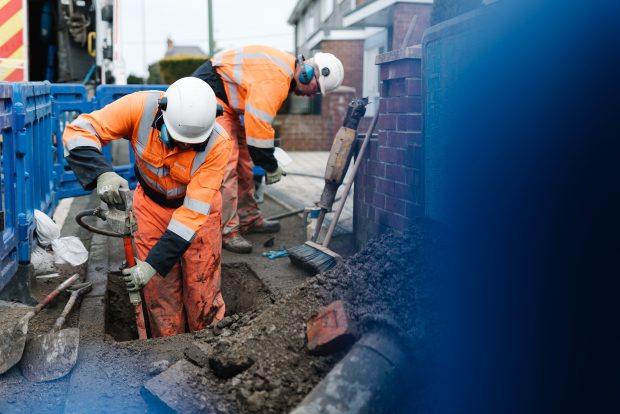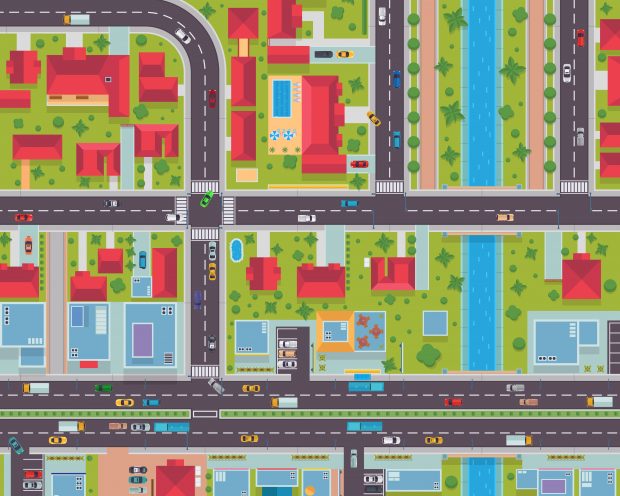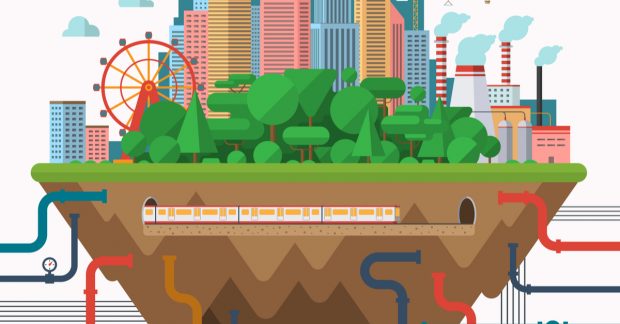Technology
At Northumbrian Water Group innovation is part of our DNA. We seek out new thinking and greater collaborations to tackle both our own and society’s wider challenges. A key example of this is our work alongside the Geospatial Commission …
Data is all around us. Whether it helps us to locate, measure or determine the quality of something, good data can have a big impact on our lives. In fact, it’s played a key role in many of our day …
The Geospatial Commission wants to better understand how access to location data can support commercial innovation in mobility services. Dr Steve Unger will be chairing a new Transport Location Data Taskforce, which will bring together businesses interested in exploiting location data with key public sector organisations.
Did you know that the UK’s Geospatial Strategy is available to download in Welsh? The Geospatial Commission asked Dr Richard Fry, Senior Lecturer in Geography and Geographic Information Systems (GIS) at Swansea University Medical School, to shine a light on …
We’ve all witnessed the critical role location data has played over the last months in responding to the coronavirus pandemic, but what comes next? I believe that geospatial data is just as important as we begin to restart our economy. …
The Geospatial Commission asked me to write a blog post for them following on from their open identifiers announcement. First thought was what a great honour! But then my second thought was, what messages do I really want to land …
Coronavirus and geospatial data Geospatial data has been used to identify causes of disease, track its spread and monitor the recovery of patients since the 19th century, when John Snow mapped cholera outbreaks in London in 1854. Image: Snow, J. …
Take a look behind the scenes of one of our big projects, the National Underground Assets Register (NUAR) that was launched earlier this year.
Our new Future Technologies Review outlines 3 ways emerging technologies will shape the future of the geospatial sector in the UK.
Find out how geospatial data will be used to provide an evolving and growing map of urban tree populations, aiding environmental research for years to come.









